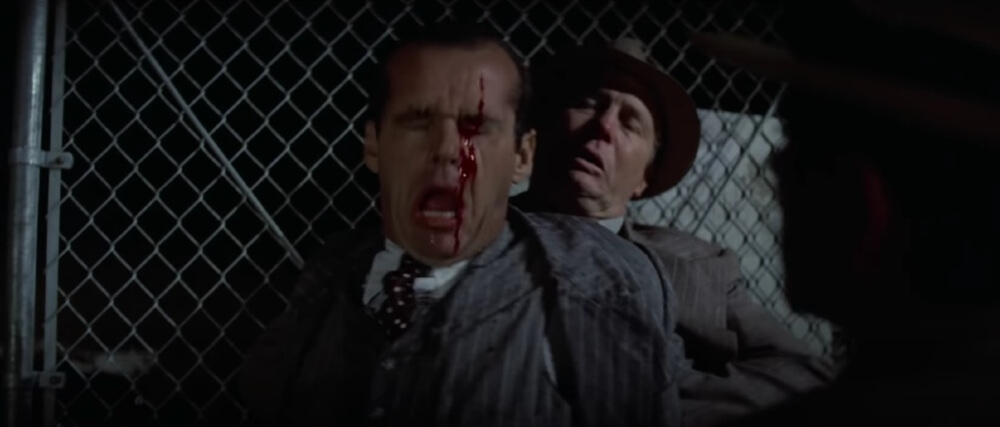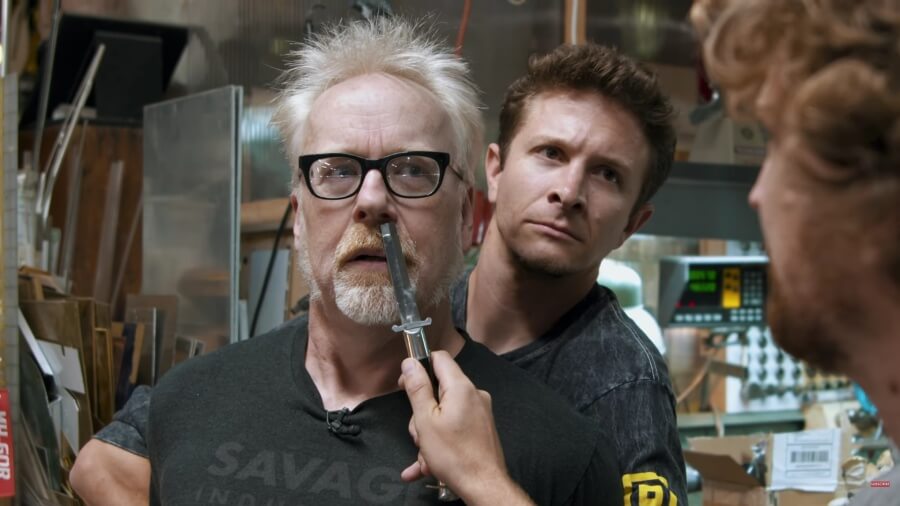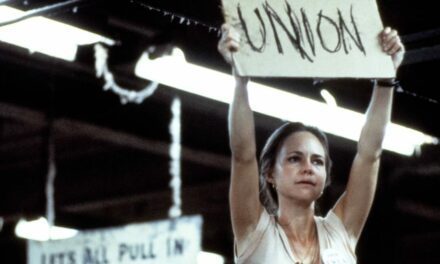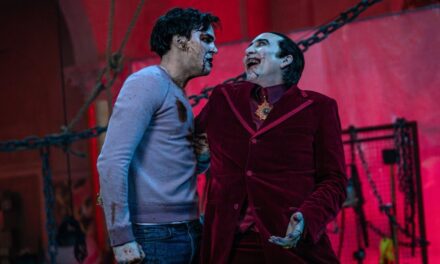It’s a question that’s been pondered by visual effects artists for millennia, probably going back to the first time a Neanderthal man smashed some red berries on his face and told his friends this is the best way to look like you got mauled by a saber-toothed tiger, without actually getting mauled by a saber-toothed tiger…
Can the advanced technology of digital visual effects match the believability of an effect that has been designed practically with physical props? Okay, sure—maybe cavemen effects artists weren’t quite ready for this question, but Adam Savage and his friends at the Corridor Crew Youtube channel were, and they put it to the test.
If the names aren’t quite clicking for you, Adam Savage is the former co-host of Mythbusters and a special effects master, and the Corridor Crew is a group of visual effects artists under the umbrella of Corridor Digital, the visual effects company known for their CG experiments on Youtube, and viral video creations like the “Real GTA” video. Adam and the Corridor Digital crew teamed up for an experiment to determine if they could recreate an effect that was originally shot in the film Chinatown starring Jack Nicholson. The scene, which is executed quite seamlessly for an effect created in 1974, shows Jack Nicholson getting his nose cut open by a man with an Italian Estileto knife. The goal of Adam and the Corridor Crew:
Recreate this effect practically and digitally with the same blood spatter and fluid execution and determine who did it better. Oh yeah, and do it without disfiguring Adam Savage’s face.
The re-creation opened up some deeper philosophical questions for VFX artists about how to pair efficiency with quality. Adam Savage’s representation of this physical prop was to recreate the Estileto knife with a spring-loaded tip in just about two-and-a-half hours and pair it with actual fake blood from the set of the movie Alien:Covenant. The build was easy enough for Adam, and the actual execution took an additional 16 minutes to coordinate the slicing motion with the release of the fake blood and do it realistically with one flick of the wrist. The team spent additional time perfecting a take where the knife blade wouldn’t wobble. Part two of the experiment was to use a VFX knife and determine if they could achieve the same natural blood spatter digitally.

So, which method achieved supremacy in the gladiatorial battle between digital and practical effects? Well, for one—the Corridor VFX artist, Fenner, was able to track the blood onto Adam’s face digitally in Nuke with a realistic blood spatter in just under three hours. The time it took Adam Savage to create and execute the effect practically? Two hours and 31 minutes.
The primary takeaway was that the crew achieved the best shot when they executed the effect practically and then cleaned up the imperfections digitally, a true symbiotic mesh of old-school practical effects with current digital capabilities. The revealing development was that the actors’ performances were perceived as more authentic for the practical take. Whether your preconceived bias was with the practical or digital effects camp, the experiment makes one thing clear:
Nothing beats being on set with a laptop and a bag of fake blood and turning a simple concept into a moment of seamless cinematic magic.





